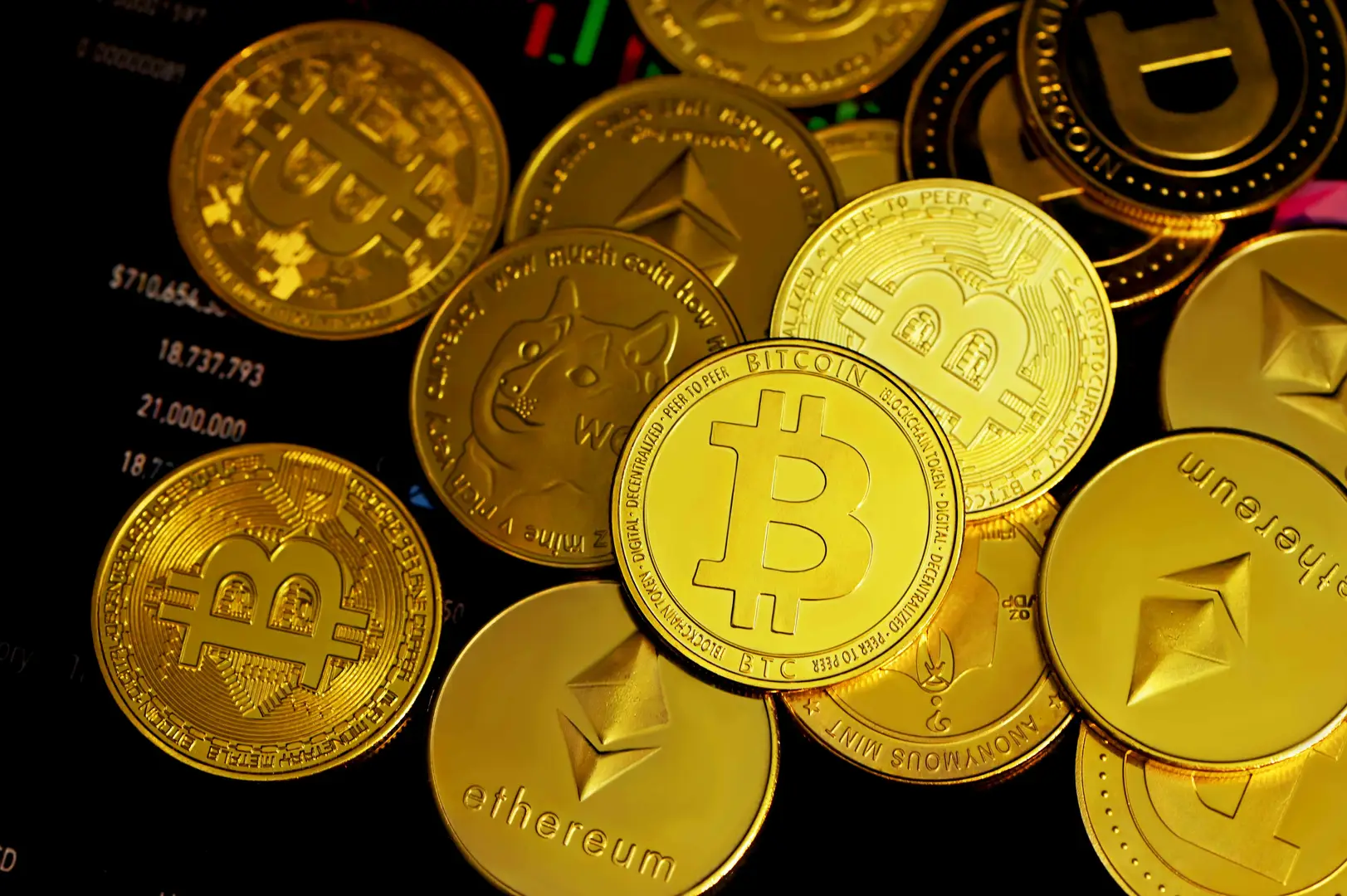

Module 1: The Basics of Cryptocurrency
Module 1: The Basics of Cryptocurrency
Lesson 1: What is Money?
Think about this: If you had apples and your friend had shoes, how would you trade?
- In the old days, people used barter: “I’ll give you 5 apples for 1 pair of shoes.”
- The problem? What if your friend doesn’t want apples? Barter only works if both sides want what the other has.
So people created money—something everyone agrees has value.
The evolution of money:
- Barter system → direct exchange of goods.
- Commodity money → shells, salt, gold, silver.
- Coins and paper → easier to carry and measure.
- Bank money → balances in banks, checks.
- Digital money → swiping cards, PayPal, mobile banking.
👉 Notice a pattern? Each step made trade faster, easier, and more global.
Why money evolves:
- To solve problems (barter was inconvenient, carrying gold was unsafe).
- To make trade easier as the world grows.
- To adapt to technology (now we trade online more than face-to-face).
💡 Reflection Question: What kind of money do you use most today—cash, mobile money, or digital transfers?
Lesson 2: What is Cryptocurrency?
Imagine you want to send $100 to a friend in another country. With a bank:
- The transfer might take 2–5 days.
- You’llpay high fees.
- Both of you need accounts with trusted institutions.
Now imagine you send cryptocurrency:
- It goes directly from you to your friend.
- It can arrive in minutes, sometimes seconds.
- Fees are much lower.
Definition:
Cryptocurrency is digital money that works without banks or governments. Instead, it runs on a blockchain, which is like a giant digital notebook that records every transaction.
Key differences from regular money:
- Decentralized: No single company or government controls it.
- Peer-to-peer: You send it directly, no middleman.
- Transparent: Transactions are recorded on a public ledger.
- Global: Works across borders instantly.
Analogy:
- Regular money = WhatsApp that works only if your SIM card company allows it.
- Cryptocurrency = email. Anyone can create an account, send, and receive, without needing permission.
💡 Reflection Question: Can you think of a situation where sending money directly (without banks) would be useful?
Lesson 3: Why Bitcoin Changed the World
Before Bitcoin, digital money always needed trust:
- You trusted banks to keep records.
- You trusted governments not to print too much money.
- You trusted payment companies (Visa, PayPal) not to block your account.
But trust can be broken:
- Banks can freeze your account.
- Governments can cause inflation by printing too much money.
- International transfers can be slow and expensive.
Bitcoin’s big breakthrough:
- It solved the trust problem by using blockchain.
- Instead of one bank keeping the record, thousands of computers worldwide confirm every transaction.
- No single person can cheat the system.
How Bitcoin works (simplified):
- Alice wants to send Bob 1 Bitcoin.
- The transaction goes to the blockchain network.
- Computers (miners/validators) check: “Does Alice really have 1 Bitcoin to send?”
- Once confirmed, the transaction is recorded permanently.
- Everyone can see it, but no one can erase or change it.
Why it’s powerful:
- Only 21 million Bitcoins will ever exist → protects against inflation.
- It’s borderless and works 24/7.
- It showed the world that money could exist without banks.
💡 Mini Exercise:
- Imagine if your country’s bank printed so much money that bread suddenly costs $100. How would limited-supply money like Bitcoin help people?
Lesson 4: Introduction to InVastor Coin
Now that we understand Bitcoin, let’s ask: Why do we need new coins like InVastor Coin?
Bitcoin is revolutionary, but it’s not perfect:
- Transactions can be slow (sometimes 10+ minutes).
- Fees can be high during busy times.
- It wasn’t designed for everyday shopping or micro-payments.
This is where InVastor Coin comes in.
Why InVastor Coin?
InVastor Coin is built to serve billions of people in daily life, not just as an investment.
Key roles of InVastor Coin:
- Everyday Payments: Buy goods and services instantly.
- Peer-to-Peer Transfers: Send money directly to anyone, anywhere.
- Remittances & Cross-Border Trade: Cheaper, faster than banks.
- Financial Inclusion: Access for the unbanked (people without bank accounts).
- Protection from Inflation: A stable, transparent digital system.
Analogy:
- Bitcoin is like the first car ever built—historic and groundbreaking.
- InVastor Coin is like a modern electric car—faster, user-friendly, and built for the needs of today’s drivers.
💡 Reflection Question: How could InVastor Coin help someone in your community who doesn’t have access to traditional banking?
✅ End of Module 1
Quick Recap:
- Money has always evolved to make trade easier.
- Cryptocurrency is digital money without middlemen.
- Bitcoin solved the problem of trust and inflation.
- InVastor Coin is the next step—built for billions, not just early adopters.
Module 2: How Crypto Works
Module 3: Using Crypto in Real Life
Module 4: The Bigger Picture
Module 5: Step Into Action
InVastor Crypto Education Series - Your Step-by-Step Guide to Understanding Cryptocurrency, Bitcoin, and InVastor Coin
Related Posts
© 2025 Invastor. All Rights Reserved

User Comments